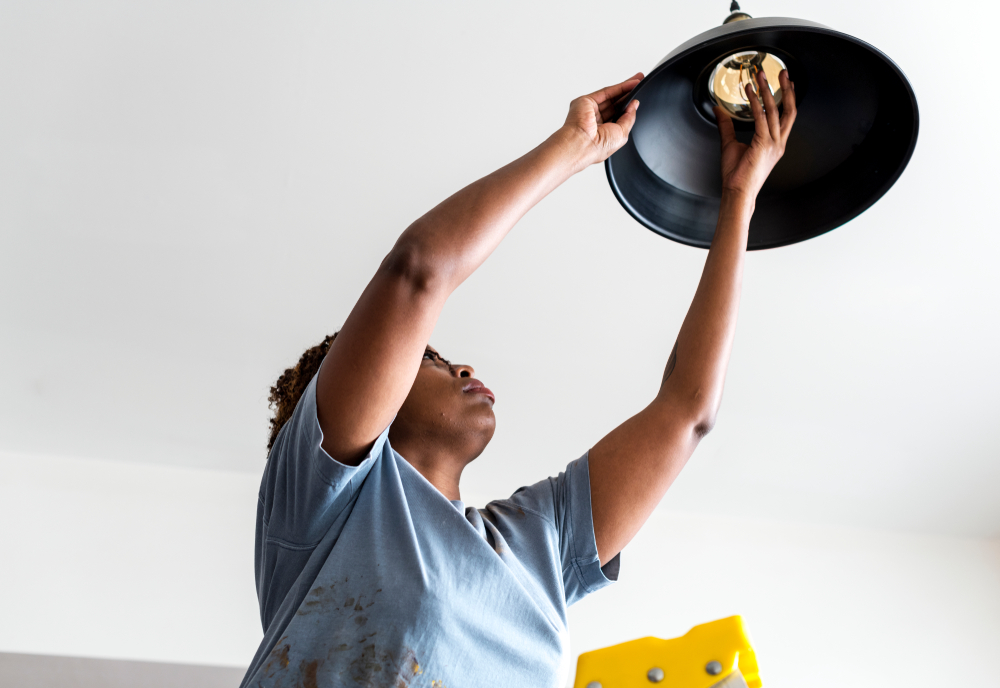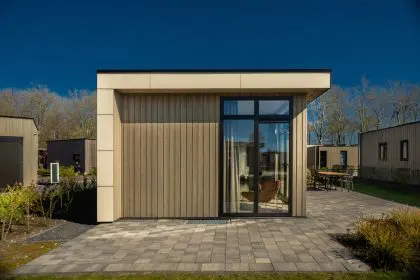Saving money on electric bills is a concern for many homeowners, especially as costs continue to rise and environmental awareness grows. While home upgrades may seem like a large upfront investment, small changes can make a big difference in reducing energy consumption. Let’s explore five practical ideas to upgrade your home and save on electric bills.
Install energy-efficient lighting
One of the simplest and most effective ways to cut down on energy usage is to switch out traditional incandescent bulbs for energy-efficient LED lights. These lights consume far less electricity and last much longer than regular bulbs, which can reduce both replacement costs and energy bills.
LED lights offer more than just energy savings — they can enhance the atmosphere of your home. With the variety of brightness levels and colors available, you can find bulbs that match any mood or room setting. Starting in high-use areas, like the kitchen and living room, can lead to noticeable savings quickly.
Smart lighting options
Take it a step further by installing smart lighting systems that allow you to control lights through your smartphone or set timers to automatically switch off when not in use. This reduces the risk of leaving lights on in empty rooms, further saving energy and cutting costs.
Upgrade to energy-efficient appliances
Older appliances tend to be less energy-efficient and consume more electricity. Investing in new, energy-efficient models can have a significant impact on your electric bill. Look for the Energy Star label when shopping for new refrigerators, dishwashers, washers and dryers. These appliances are designed to use up to 50% less energy and water compared to their traditional counterparts.
Consider appliance lifespan and usage
When upgrading your appliances, consider how often they’re used and their lifespan. For example, upgrading to an energy-efficient refrigerator makes a big difference since it’s running constantly. A high-efficiency washing machine will also yield substantial savings, especially if your household does frequent laundry loads.
Seal and insulate windows and doors
A lot of energy is lost through drafty windows and doors, causing your heating and cooling systems to work overtime. Sealing cracks, adding weatherstripping and upgrading insulation around your doors and windows can help maintain the indoor temperature, leading to reduced use of HVAC systems. These improvements not only keep your home comfortable year-round but can lead to a noticeable drop in your electric bill.
Use window treatments to save energy
Another effective way to reduce heat transfer through windows is by using energy-efficient window treatments like blinds, curtains and films. Blackout curtains can help insulate rooms by keeping heat out during the summer and retaining warmth in the winter, contributing to energy savings and enhancing your home’s style.
Optimize heating and cooling systems
Heating and cooling make up a large percentage of most households’ energy consumption. Making your system more efficient can yield substantial savings. Begin by ensuring that your HVAC system is regularly serviced. Simple maintenance tasks, like changing air filters and cleaning ducts, can improve the efficiency of the system and extend its lifespan.
Programmable thermostats for efficient heating and cooling
Upgrading to a programmable or smart thermostat allows you to set schedules for heating and cooling. You can program it to lower the temperature while you’re at work or asleep, then have the temperature rise just before you return home or wake up. These thermostats can also learn your habits over time, making automatic adjustments to keep your home comfortable and energy-efficient without the need for constant manual adjustments.
If you live in a warmer climate, consider installing ceiling fans to circulate air. In the summer, ceiling fans create a cooling breeze, and in the winter, they can be reversed to push warm air downward, reducing the need for excessive heating.
Go solar for long-term savings
While it’s one of the larger investments in home upgrades, installing solar panels can lead to substantial long-term savings on electric bills. Solar energy is renewable and can significantly offset your electricity costs, sometimes even eliminating them altogether. With advancements in technology and various government incentives or tax credits, the initial cost of installing solar panels has become more affordable for many homeowners.
Start small with solar alternatives
If you’re not ready to make the leap to full solar panels, consider smaller solar options like solar water heaters or solar-powered outdoor lighting. These smaller upgrades can still help reduce your electric bill and give you a taste of the benefits solar energy provides.
Upgrading your home to save on electric bills is not just about cutting costs — it’s also about creating a more sustainable and comfortable living environment. From installing energy-efficient lighting and appliances to optimizing your heating and cooling systems and considering solar options, there are numerous ways to make your home more energy-efficient. While some of these upgrades may require an upfront investment, the long-term savings and benefits to the environment make them worthwhile. Embracing these five ideas can pave the way to a smarter, greener and more cost-effective home.
This story was created using AI technology.

















